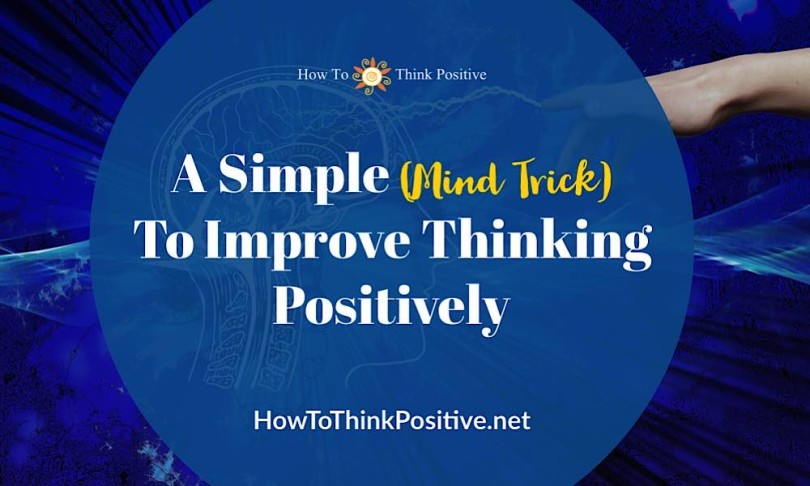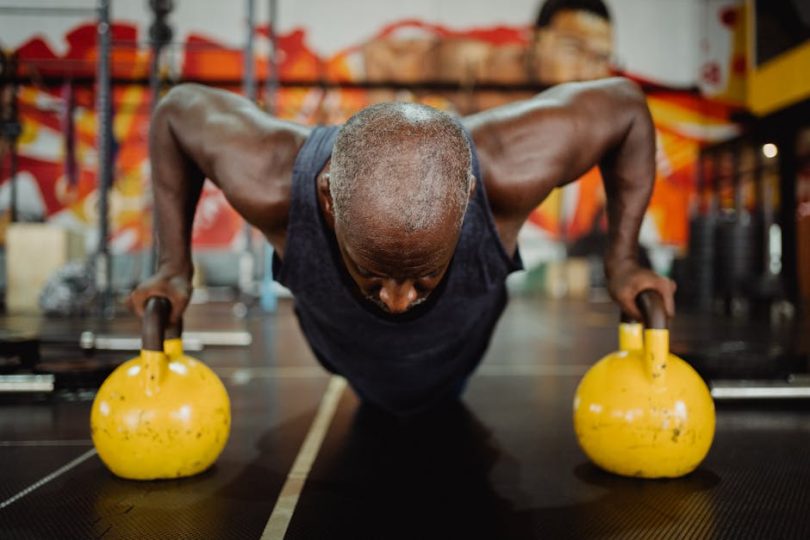Practicing the ability to have more positivity in your life can prove to have many benefits. You may have heard that before, but here’s some solid proof to back it up.
An interesting positiveness experiment was done which is one of the key items I’ve been trying to get out there as well.
Now I am not a professional psychologist but this is something I learned from personal experience and my own desire to learn by doing my own research.
I then slowly started to gather all the bits and pieces trying to understand how all this works. This here is a good and simple example worth learning. The trick is to understand how we can change it.
What inspired these negative vs positive exercises
Alison Ledgerwood is a Social Psychologist. She does research to learn more about how people think and stuff.
She ran some studies on an attempt to better understand negative experiences that we go through regularly, how these measure up against positive experiences, and how the result might affect the way we conduct ourselves in our lives.
She gave an example about how on a normal day, good news about getting a paper approved gave her a boost of happiness. However, after a while she went back to “baseline” or more of a neutral-like state.
In comparison, if she got rejected she would go into an unhappy state of mind with the bad news and she went down and even below that neutral state pretty fast. The odd thing however, is that even if she would get some good news after the rejection and it gave her a little happiness, she couldn’t stop thinking about the bad news from earlier, it still bothered her. It stuck.
What does her simple experience imply? Well, I think that means..negativity sticks more alright!
But why?
So the big question is how can humans learn how to think more positive and better?
Why does a failure seem to stick in the negative for much longer than a success, a positive ?
Do these negative experiences really get stuck longer?
You know about the glass water saying right? The one where the same glass can be seen as half full or half empty.
But what would happen if you began to think from one way of thinking about it to another way of thinking?
Can people shift? Or will they still get stuck?
To test this theory an experiment was done.
The Surgical Procedure Exercise
A group of people was told there was a new surgical procedure.
This group was further divided into two groups.
The first group was told they had a 70% chance of success. They liked it.
The second group was told they had a 30% chance of failure. The weren’t so happy about it.
Does that remind you back to the “glass half full or glass half empty” example?
Good.
Now here’s what happened. A twist was added…
The first group was then approached again and were told they could see this as a 30% chance of failure.
Now the first group didn’t like it anymore.
The second group was told they could see it as a 70% chance of success.
But they must have already gotten disillusioned because they still got stuck with the 30% chance of failure and still didn’t like it.
The Politician Exercise
Now, an experiment was done about the current Governor of an important state running for reelection against a new opponent.
They divided people into two groups once again.
A track record about the current Governor was shown to the first group. In it there was information that described how when this Governor took office, statewide budget cuts affected ten thousand jobs.
From these affected he had managed to save 40% of those jobs. They liked him, and thought he had done a good job. Hooray for this Governor!
The second group on the other hand, read that 60% of jobs were lost. They didn’t like him and thought he sucked.
Then, the people doing the experiment reframed it again in terms of losses.
The first group was again told about the jobs as 60% jobs lost, and now they didn’t like him anymore.
The second group was told that 40% jobs had been saved, but they still didn’t like him.
Notice how this was very similar to the first study. It’s hard for people to think more positively once you have already introduced something negative.
Shifting From Negativity to Positivity
These exercises also represent how the world as a whole tends to lean towards the negative aspects in life rather than the positive.
However, this is the major reason why it is important to have a more “glass half full” approach in general.
As human beings, it is our job to do a lot of rewiring of our brain because it seems we stick more to negativity in almost every aspect.
But how can we begin to practice positive thinking?
We can do this with simple things such as conditioning our mind to focus more on positive things, and being more optimistic.
Yes, it’s harder to shift from negative to positive than it is from positive to negative as you just saw in the previous examples.
But this means the responsibility and effort is up to us.
Even rehearsing about 10 things that we are grateful for goes a long way into conditioning and practicing bettering our minds.
What I always say is that, it’s not really about pretending is always nicey nice, but it is about tipping the scale.
It’s simple.
Whatever we practice more of and focus on most whether it’s negativity or positivity, then that is what we create and experience more of.
10 Positive psychology techniques to exercise and review your positive-mind well-being:
Now here are some neat exercises we can do to bump up that positiveness up a notch. We can ask ourselves these questions sort of as a way to gauge our positive mind’s well being.
Are you focusing on the positive experiences of the day?
Positive people perform better. What about you? If you want to be more positive, make a habit of doing this every night: Write in a notebook three positive things that occurred during the day, it is not necessary to write a story about them, simply express why they have been positive and what you have gained with it. After about three months (if not sooner) you will notice the difference in your positivity.
Can you imagine achieving success?
Imagine how you do this with full capacity, especially when you face new or challenging hurdles. Close your eyes and imagine yourself doing it from a point where you are in the best of yourself, achieving the results you want. Bathe in this imaginative state.
Have you thought about how you would like to be remembered?
What farewell note would you leave behind, write it down. What would make you happy when people remembered you as you graduated from this life? The striking thing is that as you do this, you become more aware of your priorities, of what you want and what you do not want in your life, and …, with it, make more sound decisions with the person you want to be. You will wonder if what you do in your day-to-day will help you achieve the memory you want to leave behind and at the moment you will know what decision to make and what to do.
What is the legacy that you want to leave in this life?
Do you contribute in any way to the benefits of other people, or do you only think of yourself? Studies show that people feel fuller when they collaborate with others and help in issues that generate well-being for other people or the common good.
Imagine your life 5 years from now. How would you want your life to be like?
Having perspective, plans and aspirations helps to relativize and bring order to our life. Imagine the life you want at 5 years in the future, not only what you will be doing, but how you want to feel and think at that moment. If it serves as inspiration.
Do you give yourself challenges?
Challenges drive our will and determination, help us get up and act. They can be of all kinds, from running a marathon to taking things smoothly.
Have you stopped to listen to what your emotions tell you?
We tend to accept our emotions as something that just happens to us, there are even some who talk about emotions as if they were entities – “things” external to us. The truth is, emotions are always our most immediate reaction to something that happens, they inform us of how we interpret things, of how we take them. So the question is to reflect on why we take then a certain way.
Do you let yourself be carried away by negative emotions?
Emotional management is a skill that we can develop throughout our lives. Realizing why we are sad, angry, fed up, is the first step to regulate ourselves. Ask yourself, how is this useful for me? Is that what I need? It is the next step. Saying “enough” is the third. We can choose our emotions !!
How do you increase your positive emotions?
Choose how you want to take things and where you want to react from. Ask yourself, for example: How do I want to feel about this? Surround yourself with stimuli and people who bring you positivity, “Do I want this or that person in my life?
What is something you do to take care of the quality of your thoughts?
You are not necessarily your thoughts, but you can have a thought. Simply by realizing this we can take distance from that thought and we can change it because then it is something more manageable. We can make the choice to change our thoughts and then we become someone more aligned and in harmony with what we think.
source: A Simple Trick To Improve Positive Thinking







